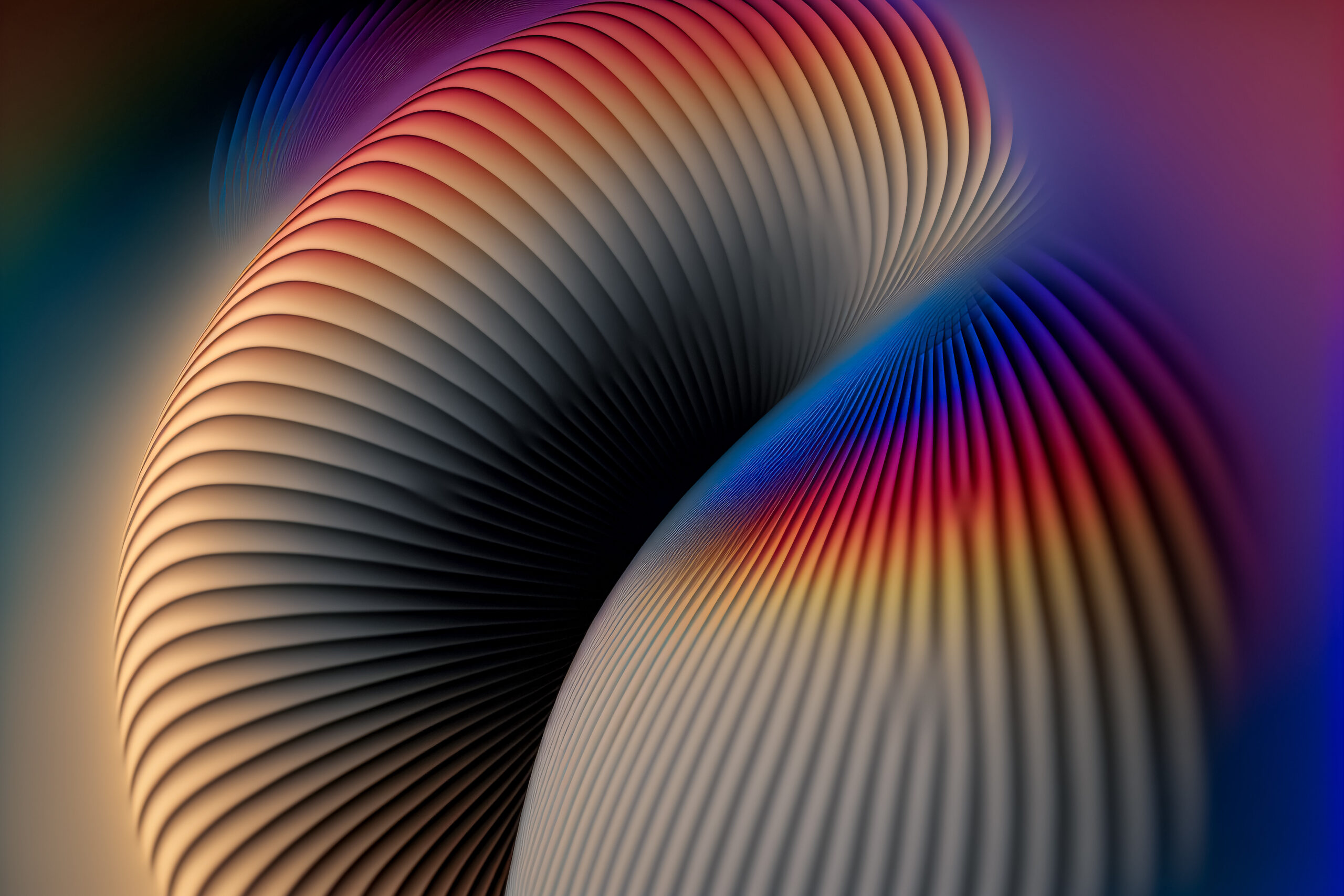Grasping Fiber Additional Layering Lines
Did you know that over 90% of global web data flow depends on optical fiber technology? This information highlights the criticality of every part in optical fiber cable production, especially the optical fiber secondary coating system. These systems are essential for ensuring the cables’ resilience and performance.
This piece will investigate the intricacies of optical fiber secondary coating processes. We will analyze their essential function in protecting fiber optics. Furthermore, we will consider how these processes enhance cable durability and efficiency. This understanding is essential for those engaged in Fiber coloring machine industry and fabrication.
Guide to Fiber Optics
Optical fiber technology has revolutionized data transmission, employing optical signals over electrical ones. This method ensures high-speed connections with minimal signal loss. At the core of this technique are the foundations of fiber optic communications. These foundations are underpinned by a sophisticated design. It includes a center, encasing, covering, strengthening fibers, and a shielding cover. Each part is vital for the technology’s functionality.
The technique’s incorporation into telecommunications has changed our information environment. It effectively handles large data volumes, facilitating online, telephony services, and broadcasting services. Thus, fiber optics not only improves efficiency but also guarantees dependability across the globe.
Understanding Fiber Secondary Coating Line
A fiber auxiliary coating system is a set of dedicated machines and operations. It applies protective layers to fiber strands after manufacturing. This auxiliary layering is essential for the fibers’ resilience and functionality. It defends them from environmental and mechanical threats. The critical role of layers in maintaining fiber optics’ integrity is clear.
Meaning and Relevance in Fiber Optic Production
The additional covering procedure is vital in optical fiber production. It consists of layering the fiber cores with a polymeric covering. This cover shields the optics during installation and operation. It prolongs the longevity of optics by mitigating damage from flexing, wearing, and foreign materials.
Without these layers, fibers would be prone to fracture and operational challenges. This procedure is essential for maintaining the optics’ strength.
The Purpose of Layers in Protecting Fiber Strands
Layers are key in maintaining the light transmission and structural integrity of fibers. They function as a barrier against physical stress and environmental conditions. The role of layers is obvious; they enhance the optical fiber strength. This ensures smoother setup and a extended lifespan.
This emphasis on auxiliary layering is vital for those in optical fiber technology. It’s a aspect that substantially influences the fiber’s performance and longevity.
Elements of Fiber Secondary Covering Processes
The fiber secondary covering process is a complex system, including several vital elements. These elements are crucial for manufacturing premium items. They help us understand how a fiber optic secondary coating machine functions and what it requires to operate effectively.
Main Equipment Overview
Key machines like fiber spoolers, gel applicators, coating machines, junction units, and cooling systems constitute the core of the secondary covering process. Each piece of equipment is crucial for the coating process. For example, the polymer applicator melts the coating material, and the junction unit applies it uniformly around the optic. These elements must operate in harmony to guarantee uninterrupted operation and item reliability.
Substances in Secondary Layering
The pick of materials for layering is essential for achieving the desired performance. UV-set plastic materials are often selected for their exceptional protective qualities. These materials protect the optic, increase its strength, and enhance total functionality. The appropriate combination of substances provides the final product conforms to regulatory benchmarks and customer expectations.
Grasping the Secondary Layering Procedure
The additional layering procedure is vital in the fabrication of optical fibers, providing vital safeguarding to the freshly manufactured optics. This process involves the application of protective materials to enhance the optic’s durability and operation. The schedule of this operation is critical; it provides ideal attachment, thus minimizing material loss and boosting operational effectiveness.
Producers utilize different covering methods, such as extrusion and gel application, to adjust specific coating properties and depths. Each method offers specific perks, ideal for diverse strand operations and demands. As the demand for superior optical fibers grows, enhancing the auxiliary covering operation is crucial. It is critical for adhering to industry benchmarks and pushing covering innovations.
Importance of the Fiber Draw Tower in Coating Configuration
The fiber strand extraction system is essential in the manufacturing of fiber optics. It pulls optics from starting material while adding shielding layers as they solidify. The quality of the extraction structure is essential, impacting the layering’s success.
Operation of the Extraction Structure
The drawing system warms the initial shape before pulling the strand at a regulated speed. This procedure is crucial for preserving the optic’s strength. As the strand appears, layers are coated without delay for consistent shielding against external and physical harm. The structure of the extraction system guarantees ideal covering placement scheduling and adhesion.
Relationship Between Draw Tower and Coating Quality
The extraction structure’s standard has a direct effect on the covering’s outcome. Variations in the fiber pulling procedure can cause irregular layering dimensions, influencing the optic’s functionality. Top-notch extraction structures eradicate these challenges. A consistent covering arrangement enhances fiber durability, making the fiber secondary coating line more durable and functional in multiple settings.
Characteristics of High-Quality Secondary Coatings
Superior layers are essential for the effectiveness and dependability of fiber optic arrangements. They must comply with stringent mechanical and optical standards to provide communication clarity. This knowledge helps producers in developing more dependable products.
Physical Strength and Light Transmission Guidelines
Secondary coatings need to display superior physical traits. They must withstand mechanical pressure and maintain functionality across various environmental conditions. This requires adhering well to the glass core and stopping size changes. Furthermore, they should enhance visual transparency, facilitating fast information exchange with reduced data degradation.
Importance of Adhesion and Resistance to Delamination
Attachment of the layer to the glass core is essential for the network’s durability. Without robust attachment, the chance of layer separation rises, potentially causing failures. Top-tier coverings are engineered to resist delamination, providing durability and stability across various uses. This toughness not only extends the fiber optics’ lifespan but also improves effectiveness, underscoring the need for selecting superior coating materials.
Technology Behind Secondary Coating Lines
The evolution of auxiliary covering systems is driven by the quest for productivity and superior product quality. In the fiber optics market, the use of cutting-edge layering machinery is increasing. These improvements feature immediate oversight mechanisms and better polymer applicators. Such systems enable manufacturers to maintain top-tier benchmarks while simplifying manufacturing operations.
Improvements in Secondary Layering Machinery
Latest innovations in auxiliary covering systems have changed manufacturing capabilities. New coating machines now provide exact management over the coating process. This results in better consistency and performance in the completed item. Robotization and intelligent setup incorporation further enable speedier fabrication operations with less operator involvement. This not only reduces mistakes but also improves overall output.
Analysis of Secondary Layering Methods
Analyzing various secondary coating line technologies is essential. Flexible setups stand out for their versatility and growth potential. They permit manufacturers to respond to fluctuating production demands without large-scale setup alterations. In contrast, standard methods are known for their reliability and established performance. The decision on method depends on a company’s specific needs, financial constraints, and fabrication targets.
Advantages of Using Secondary Coating Lines
Secondary layering processes provide numerous benefits to fabricators in the fiber optic industry. They enhance the fabrication procedure, leading to improved economic efficiency and higher product standards.
Financial Savings in Fabrication
Auxiliary covering systems are key to lowering fabrication expenditures. They minimize material waste and simplify procedures, causing significant cost efficiency. This efficiency boosts profit margins, rendering it crucial for firms aiming to stay competitive.
Enhanced Output Standards and Longevity
Secondary layering processes also enhance output standards. The long-lasting layers applied through these processes enhance the item strength of optical fiber strands. This means longer lifespan and reliability, ensuring superior performance and user satisfaction.
Uses of Auxiliary Covering Systems
Fiber secondary coating lines are essential across different sectors, guaranteeing the dependability and functionality of fiber strands. These strands are essential in communication networks, building the base for fast online connectivity. They enable efficient data transmission, linking clients globally.
In the medical sector, these strands are essential for operational devices and testing machines. Their accuracy and resilience are critical for healthcare uses. The implementations of secondary layering also reach into aviation and military, where they improve communication systems and detection systems.
Electronics for consumers reap advantages from the improved strength of these fibers. They aid tools functioning in challenging settings. The flexibility of these optics enables creative developments, rendering them essential in today’s contemporary technological environment.
Influence of Secondary Layering on Fiber Strand Effectiveness
The secondary coating is crucial for enhancing optical fiber functionality, emphasizing tensile strength and minor bending issues. A expertly applied layer can substantially lower small defects in fibers that might lead to collapse under strain.
Influence of Layers on Optic Resilience
The tensile strength of optical fibers is essential for their reliability across various applications. Additional layers offer a shielding coat that mitigates pressure, reducing the risk of breakage. This protective layer provides that strands preserve their physical strength under external pressures, guaranteeing reliable functionality across their operational period.
Light Distortion Control and Its Significance
Minor bending issues can alter optical paths within optical fibers, causing signal degradation. Efficient auxiliary coverings reduce these bending issues, guaranteeing strands retain their optical properties even in harsh environments. By lowering minor bending issues, fabricators can provide optical fiber strands offer superior effectiveness and strength throughout their lifespan.
Sector Changes and Advancements in Secondary Layering
The optical fiber auxiliary covering industry is experiencing major changes, propelled by the need for better performance and environmental responsibility. This evolution is driven by the fast-paced development of information exchange, raising awareness of the need for superior substances and innovative coating processes. These trends emphasize the need for adopting high-tech substances and approaches in the coating industry.
Emerging Technologies in Coating Processes
Progress in layering techniques have resulted in the development of innovative synthetic compounds. These compounds offer exceptional physical qualities and sustainability. Such developments not only strengthen the longevity of fiber strands but also minimize environmental harm. Additionally, enhanced manufacturing techniques provide better exactness in coating, resulting in consistent product quality.
Forecast for Secondary Layering Processes
The future of secondary coating lines is set to be marked by the adoption of mechanization and advanced systems. These innovations are anticipated to simplify manufacturing, thereby lowering expenses and enhancing product quality. As the sector continues to evolve, the concentration will remain on research and development. This will push more advancements targeting fulfilling the requirement for rapid communication and eco-friendliness.
Challenges Faced in Fiber Optic Coating
The manufacturing of fiber optic coatings faces numerous challenges that impact production efficiency and product quality. A major issue is the obstacle in achieving even layer dimensions across different optic strands. Such variations can lead to coating complications, impacting the fibers’ overall performance and reliability.
Achieving strong bonding between the layer and the strand is another vital obstacle. Poor adhesion can result in the covering to malfunction quickly, either during application or later on. Additionally, pollutants in the covering procedure create substantial fabrication challenges. These impurities can damage the layer’s effectiveness and performance. Producers must manage complying with tough eco-rules with advances in manufacturing to overcome these hurdles.
Overcoming these challenges is crucial to meet the growing market demands. It prepares the ground for improved durability and reliability in fiber strand operations.
Summary of Fiber Secondary Coating Lines
The overview of fiber secondary coating lines emphasizes their essential purpose in manufacturing reliable and top-notch fiber optic cables. These systems not only improve the structural and optical qualities of fiber strands but also defend them against environmental risks. This ensures the fiber strands stay durable over their lifespan.
Improvements in systems have taken the benefits of Fiber draw tower to new heights. They boost fabrication effectiveness, reduce excess, and lead to higher item excellence. The innovations allow firmer attachment and strength against challenges like coating detachment, which crucially affects performance.
Grasping the significance of fiber secondary coating lines helps those involved in the optical fiber industry make educated decisions. This awareness results in improved product offerings and fabrication effectiveness. Such developments are essential in today’s competitive market.
Common Inquiries
What does a fiber secondary coating line mean?
A secondary layering process is a arrangement created to add shielding coverings to fiber strands. This operation occurs after drawing, ensuring the fibers’ durability and performance.
Significance of the auxiliary covering operation in optical fiber production?
The secondary layering procedure is crucial. It defends the optics from mechanical and environmental risks. This enhances their longevity and reliability, while upholding their visual characteristics.
Primary parts of a secondary layering process?
Key components comprise fiber pay-offs, gel applicators, polymer applicators, junction units, and cooling systems. These components operate in harmony to add shielding coverings to fiber optics.
What materials are typically used in the coating process?
Common materials are UV-cured acrylate polymers. These provide a protective layer against wear from curving, scuffing, and impurities.
Impact of the drawing system on secondary layering?
The optical fiber drawing structure regulates the pulling of strands from initial shapes and applies coating materials as they cool. This significantly influences the coating quality.
Structural and optical quality benchmarks for secondary layering?
Secondary coatings must stick firmly to the optic’s center, resist delamination, and withstand physical stress. This boosts the optic resilience and optical clarity of the optical fiber strands.
New developments in secondary layering processes?
Innovative techniques include improved polymer applicators and live tracking for ensuring standards. These developments boost layering functionality and fabrication effectiveness.
What advantages do secondary coating lines offer manufacturers?
Secondary layering processes cause financial savings in fabrication, enhanced item strength, minimized excess, and enhanced longevity and effectiveness of fiber optics.
In which industries are fiber secondary coating lines used?
These systems are employed in communication networks, medical, aviation, and electronic gadgets. They offer resilient strands for rapid web access and data facilities.
Effect of auxiliary coverings on fiber durability?
Secondary coatings shield small defects and mitigate microbending effects. This provides the fiber strands preserve their visual properties and perform consistently under different environments.
Hurdles in secondary layering fabrication?
Producers face challenges like ensuring uniform covering depth, maintaining firm attachment, stopping impurities, and complying with eco-rules while driving progress.
Future advancements in secondary layering sector?
The industry is anticipated to witness increased automation, intelligent tool adoption, and advancements in polymer materials. These are likely to improve eco-friendliness and coating effectiveness.



